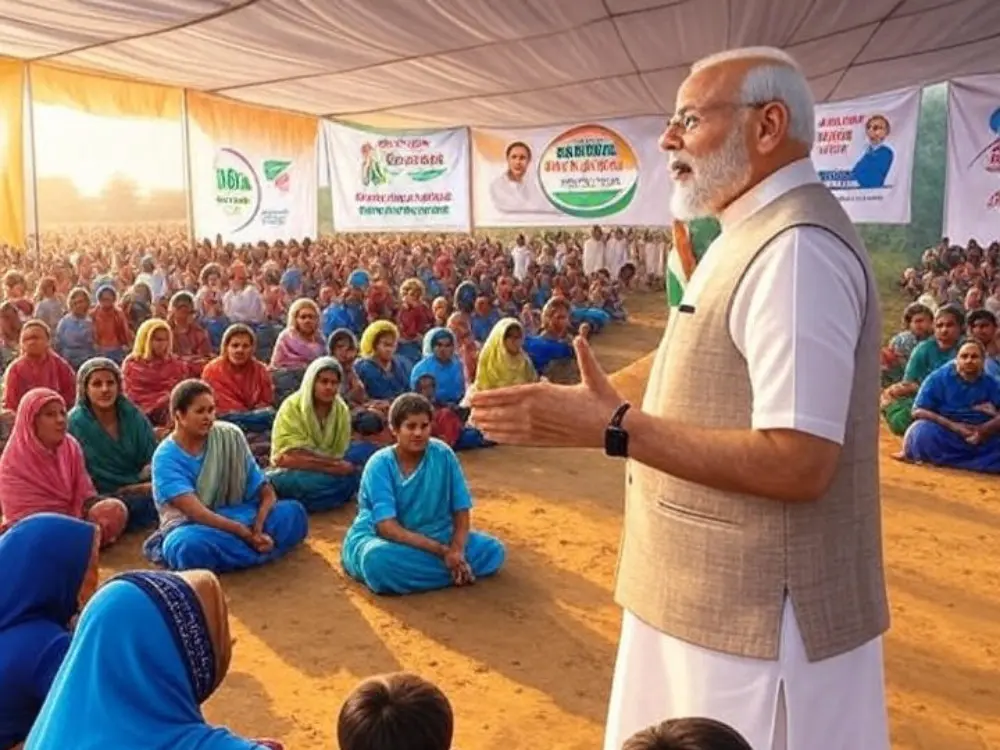Ayodhya, a city in the Northern Indian state of Uttar Pradesh, is not only famous for its rich cultural heritage and historical importance but also for its deeply-held religious beliefs. Ayodhya has been steeped in mythology and worshipped by millions as the legendary birthplace of Lord Rama, one of central characters of Hindu epic Ramayana. The city’s history is an interesting compound, constituted by religious diversity, architectural marvels and tapestry of tradition that have evolved over centuries.
Table of Contents
ToggleMythological Roots: The Vedic Age and Kosala Kingdom
According to Ramayana, Ayodhya rose to prominence through this Hindu mythological text as it was described as the capital city for the ancient Kingdom of Kosala. Dasharatha who was a king ruling Ayodhya according to this epic added more weight on the role played by this place in Hindu religion. Therefore, Rama’s birth story begins with his father being exiled and eventually returning to Ayodhya. This makes up the backbone of the city’s cultural identity.

It has also been mentioned in Vedas; world’s oldest scriptures which are sacred texts in Hinduism thereby giving them even richer antiquity. In Vedic Age (1500-500 B.C.), Ayodhya emerged as a great centre of learning and culture. It became a political capital of mighty Kosala Kingdom ruled by Ikshvaku dynasty that later dominated it during that time period. Consequently, this phase saw Ayodhya establishing itself politically and culturally leading to its lasting legacy.
While Ayodhya is primarily associated with Hinduism, the city has been a vibrant melting pot of communities and traditions throughout history, fostering a diverse and tolerant atmosphere We can see the influences of Buddhism, Jainism and Islam in how some temples and monuments are built in the. Ayodhya’s rich literary heritage is reflected in its contribution to the development of Sanskrit literature as well as the enduring legacy of the Ramayana and temples dedicated to various deities and historical figures. Throughout history, the city has witnessed the fluctuations of religious influences.
Architectural Heritage:
Ayodhya has a rich architectural heritage that reflects the artistic prowess of different eras. The city is a mix of temples, ghats and buildings that feature native styles and influences from ruling dynasties Hanumangarhi, Kanak Bhavan and Nageshwarnath Temple are some of the architectural gems that attract travelers and tourists.

Ayodhya’s cultural scene is also characterized by the Ram Janmabhoomi complex where the controversial Babri Masjid once stood. It is a focal point of religious and political debates, the complexity of which plays an important role in shaping Ayodhya’s contemporary narrative.
Living Traditions of Art and Craft:

In addition to the famous handicrafts associated with Ayodhya, such as exotic woodwork and traditional handlooms, discovering these hidden workshops and being with the artisans of this city’s age-old tradition interact, giving you an insight into the living traditions that contribute to the vibrant culture of Ayodhya Ayodhya is known for its delicious food and street food, but the city hides culinary treasures off the main radar. Exploring lesser-known restaurants and interacting with local chefs reveals a world of traditional dishes and culinary practices handed down for generations. Ayodhya comes alive on festivals, Diwali being the most important one. The city is illuminated with thousands of clay lamps, marking the return of Lord Rama to Ayodhya after defeating the demon king Ravana. The celebrations of Rama Navami, the celebration of Rama’s birthday and other religious festivals enliven the cultural calendar of Ayodhya.

In recent years, there has been a concerted effort to preserve Ayodhya’s cultural and historical heritage. Restoration projects, museum initiatives, and archaeological excavations have shed light on the city’s past, providing a deeper understanding of its historical significance.













